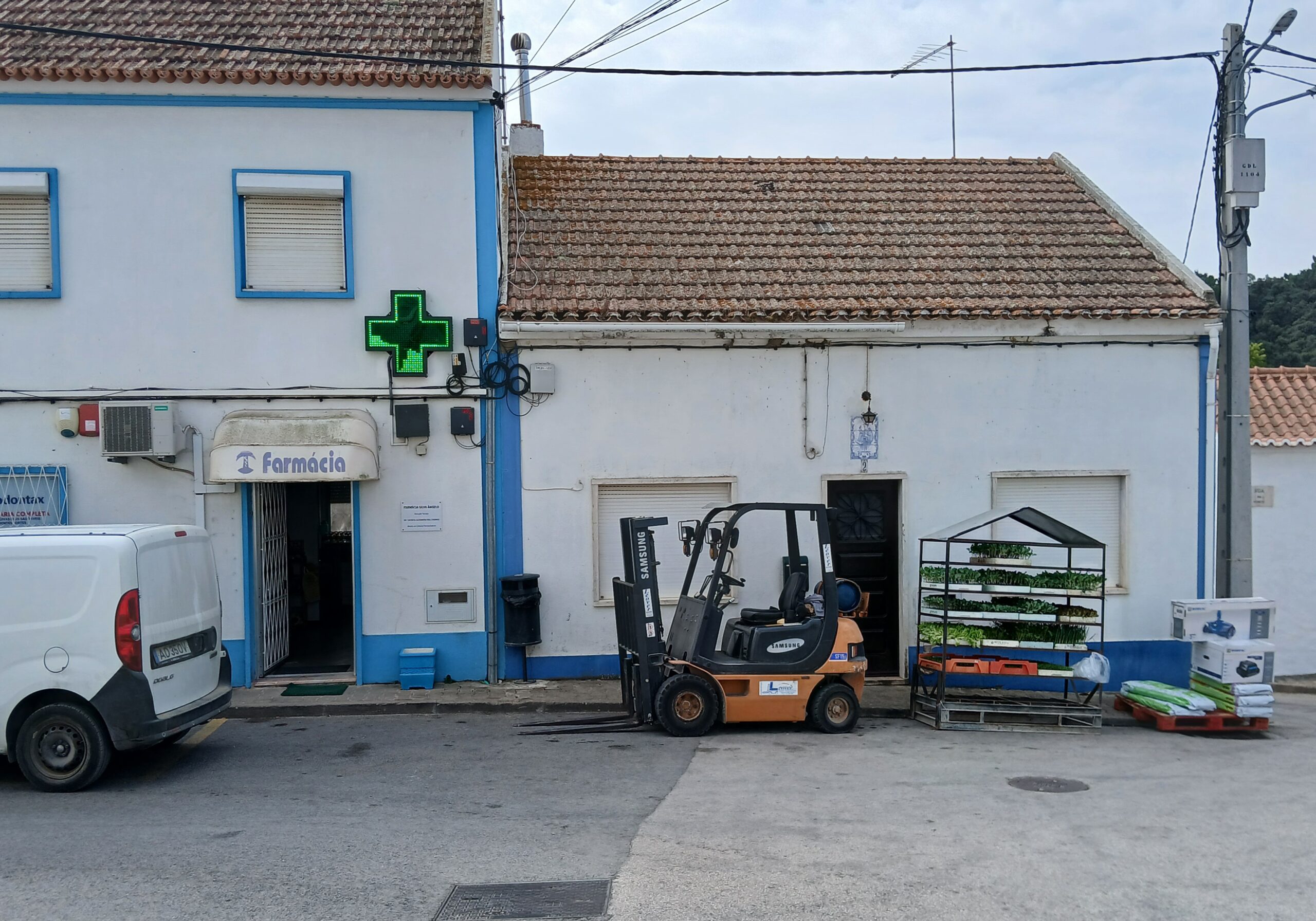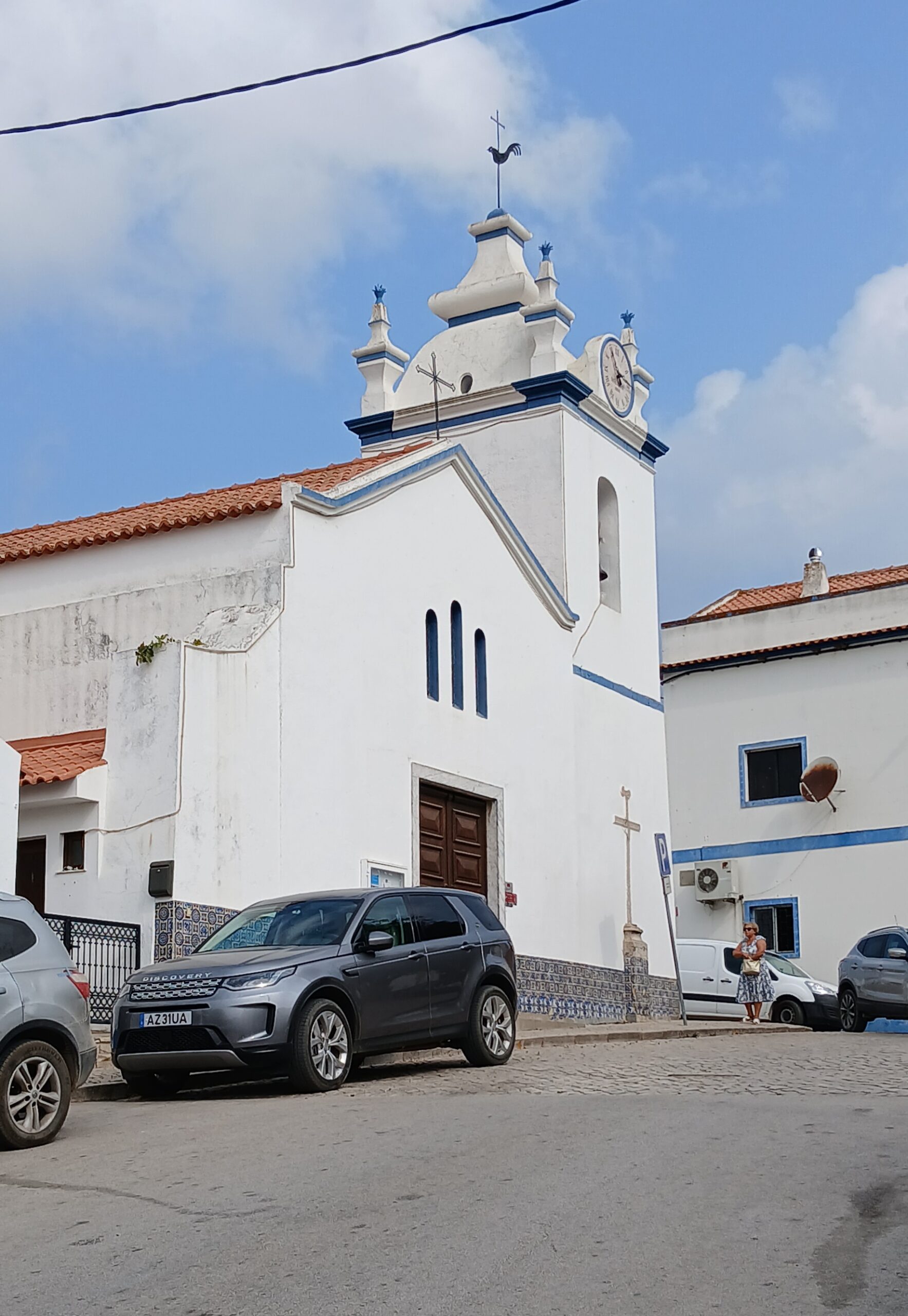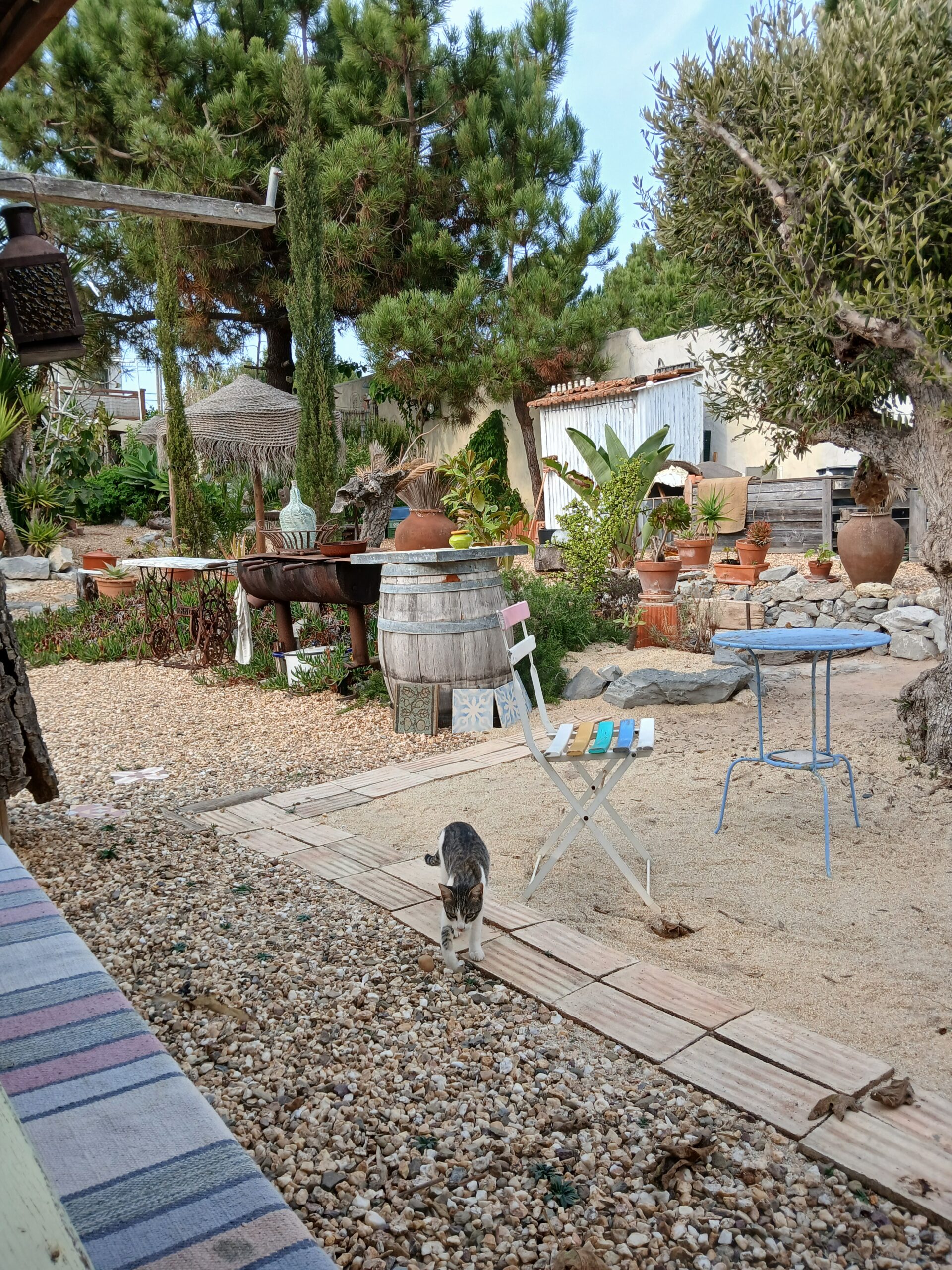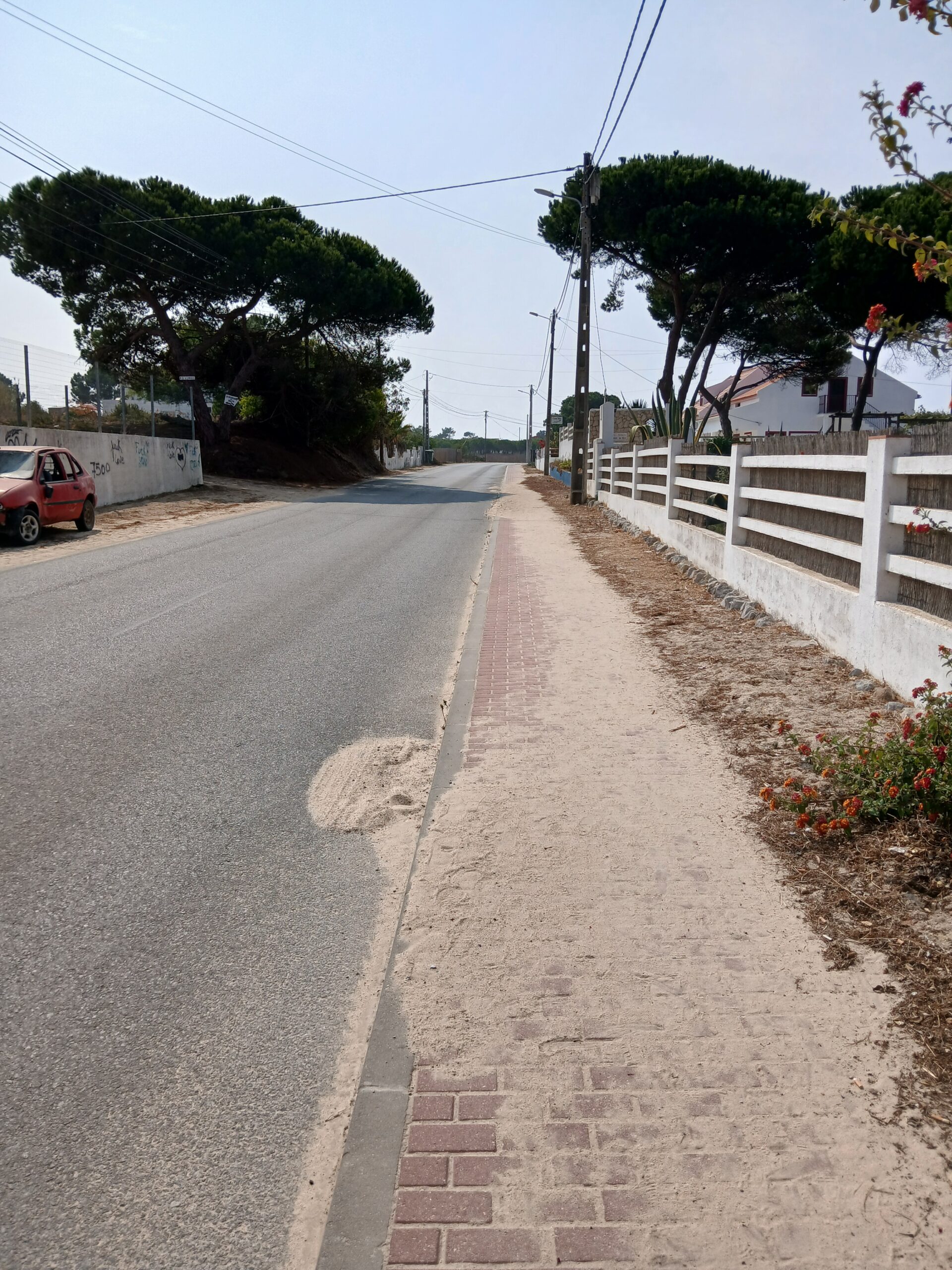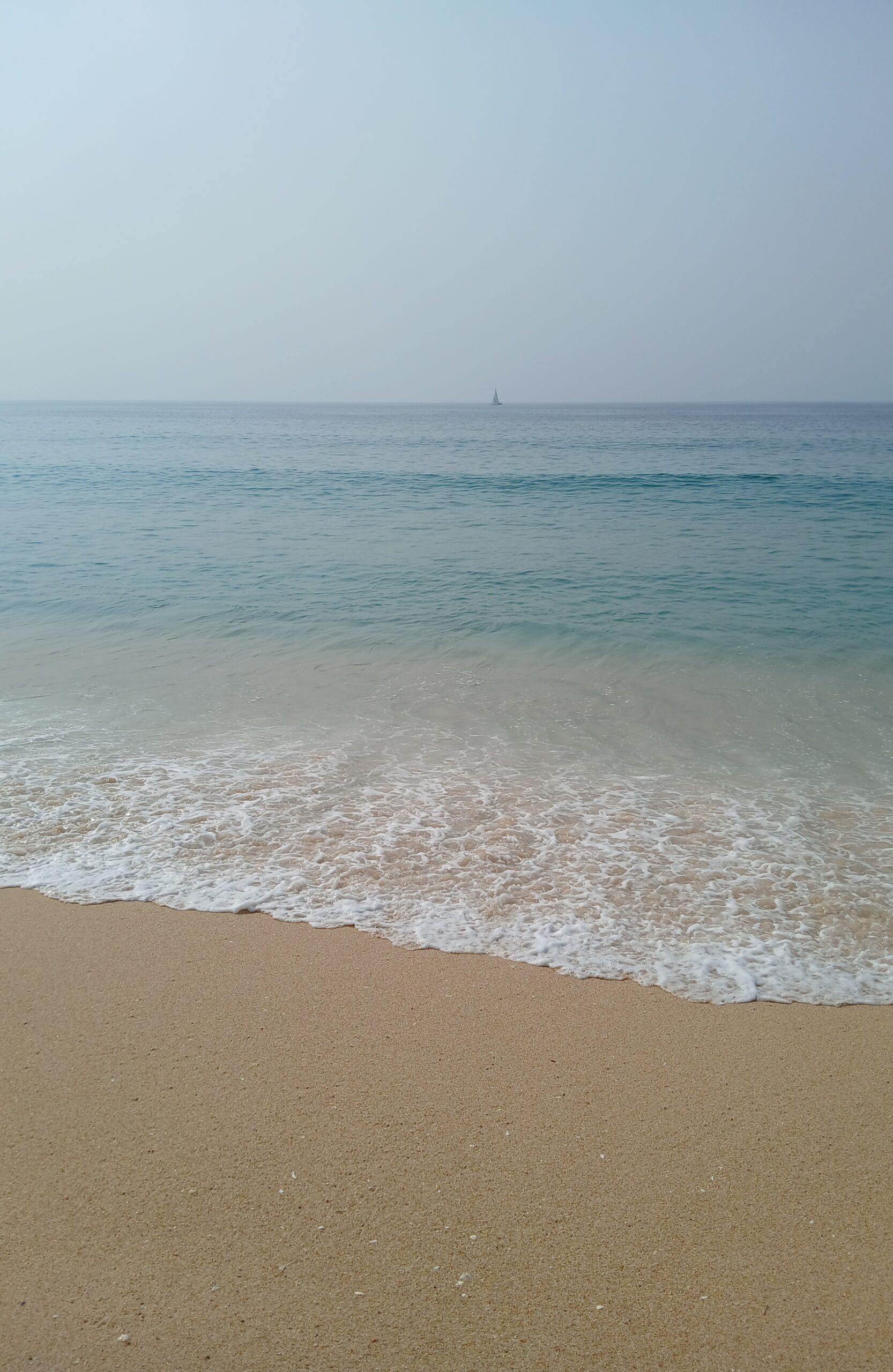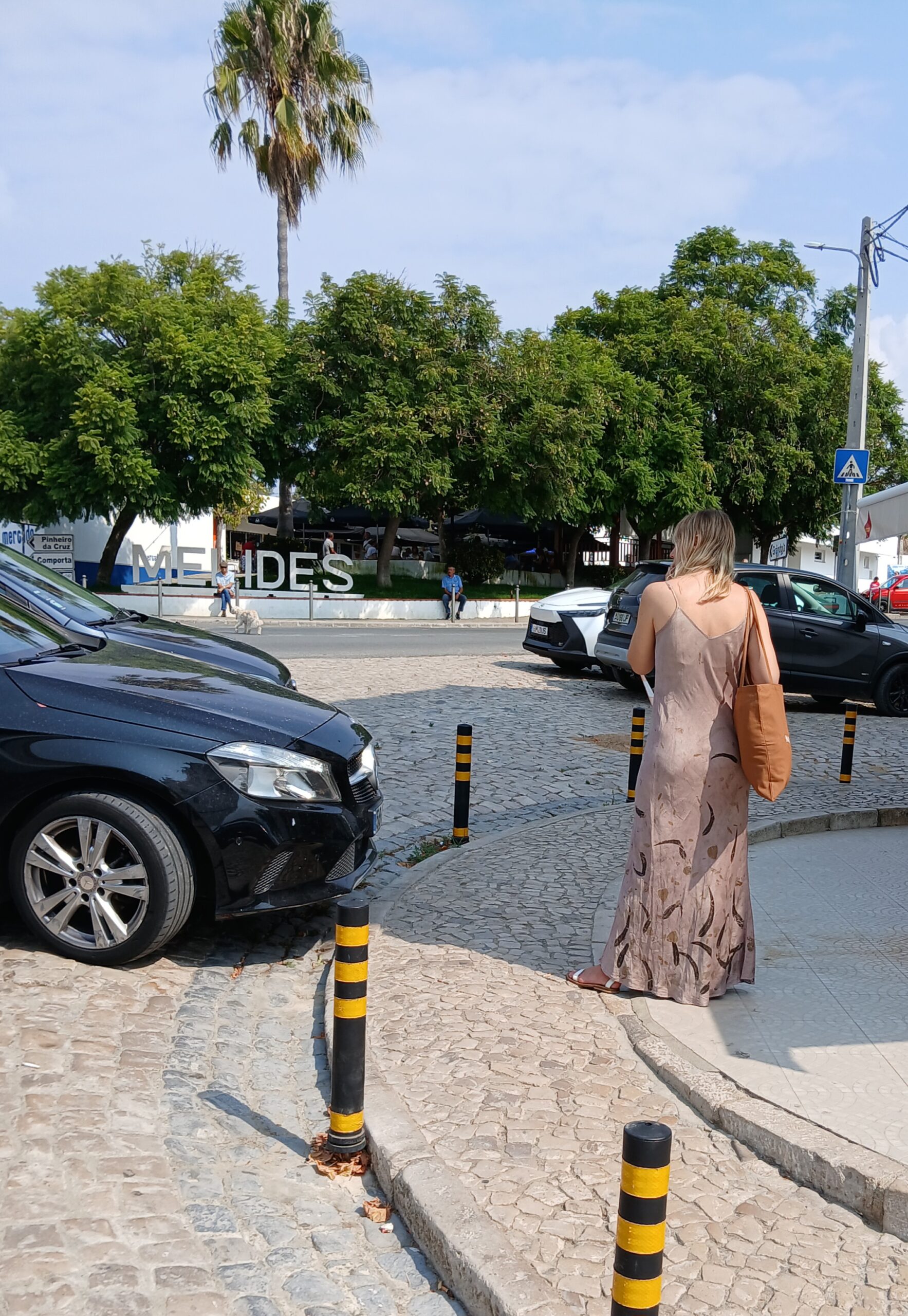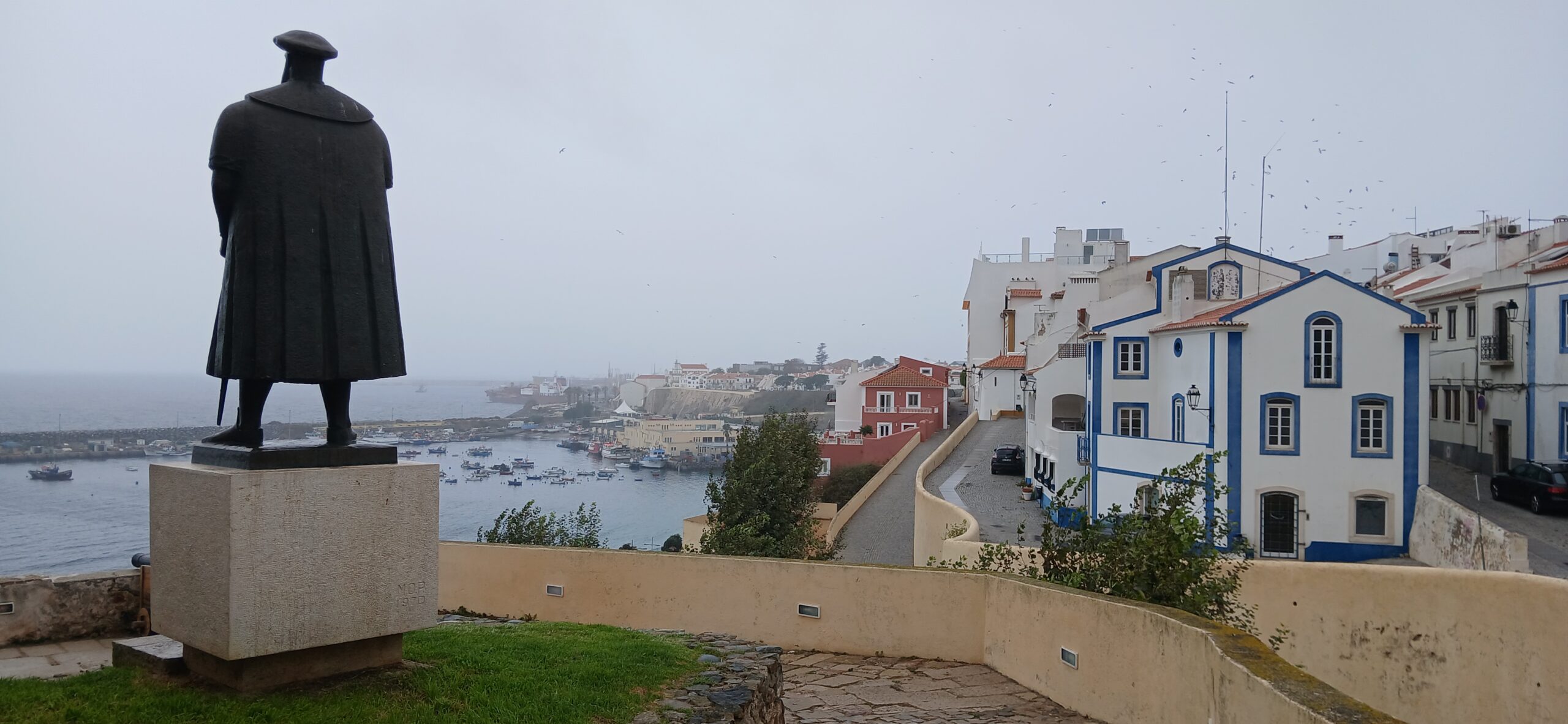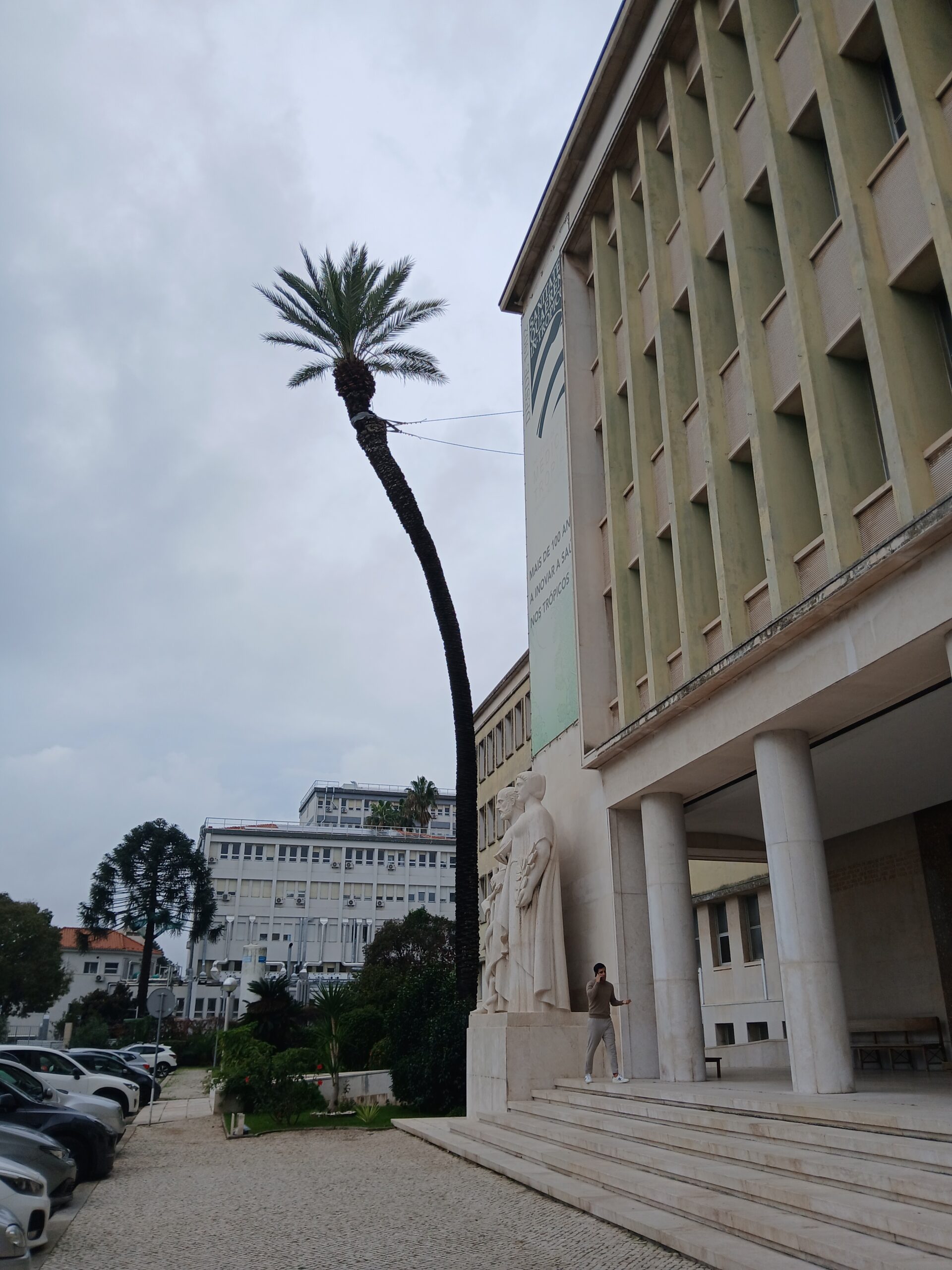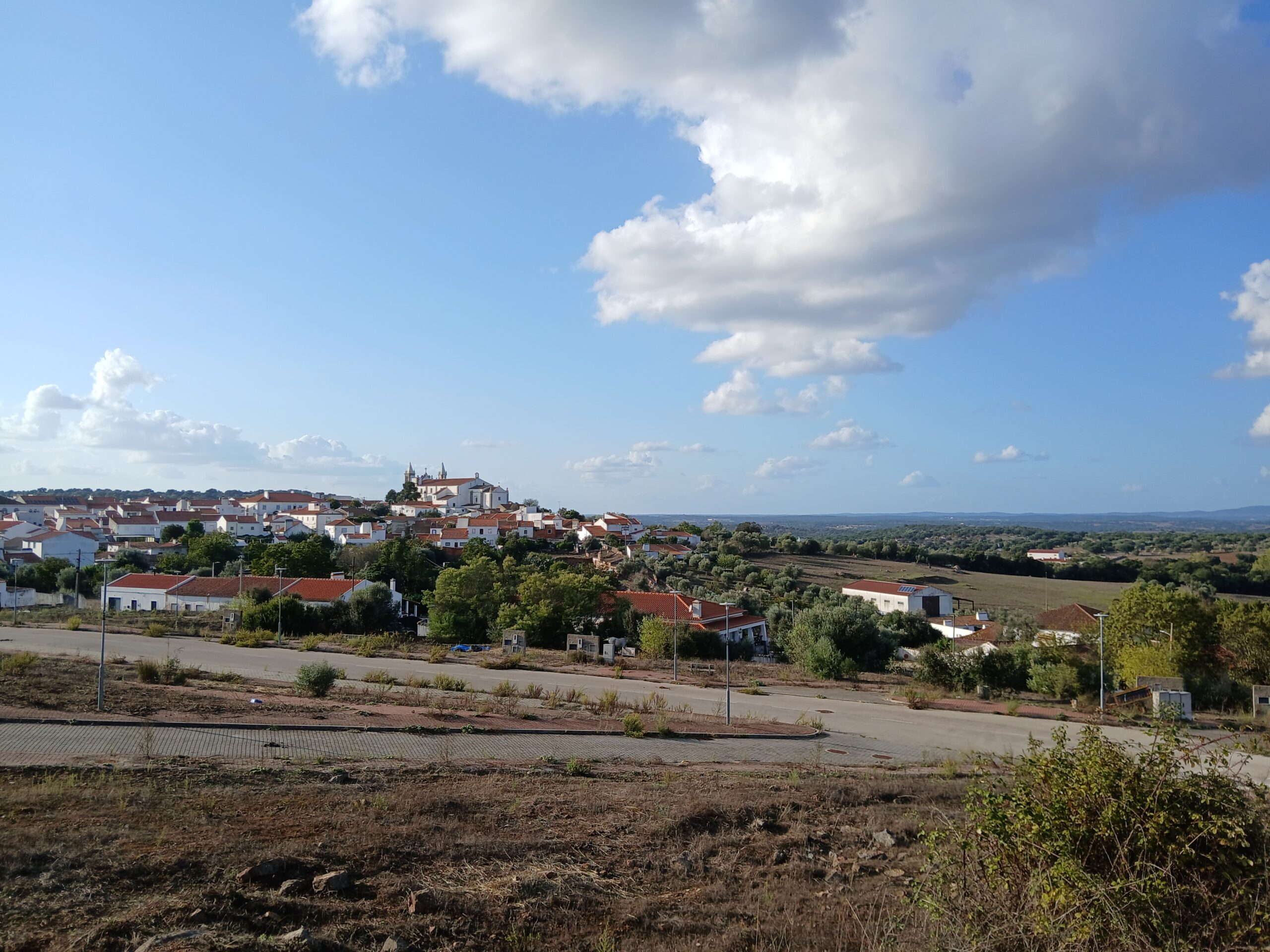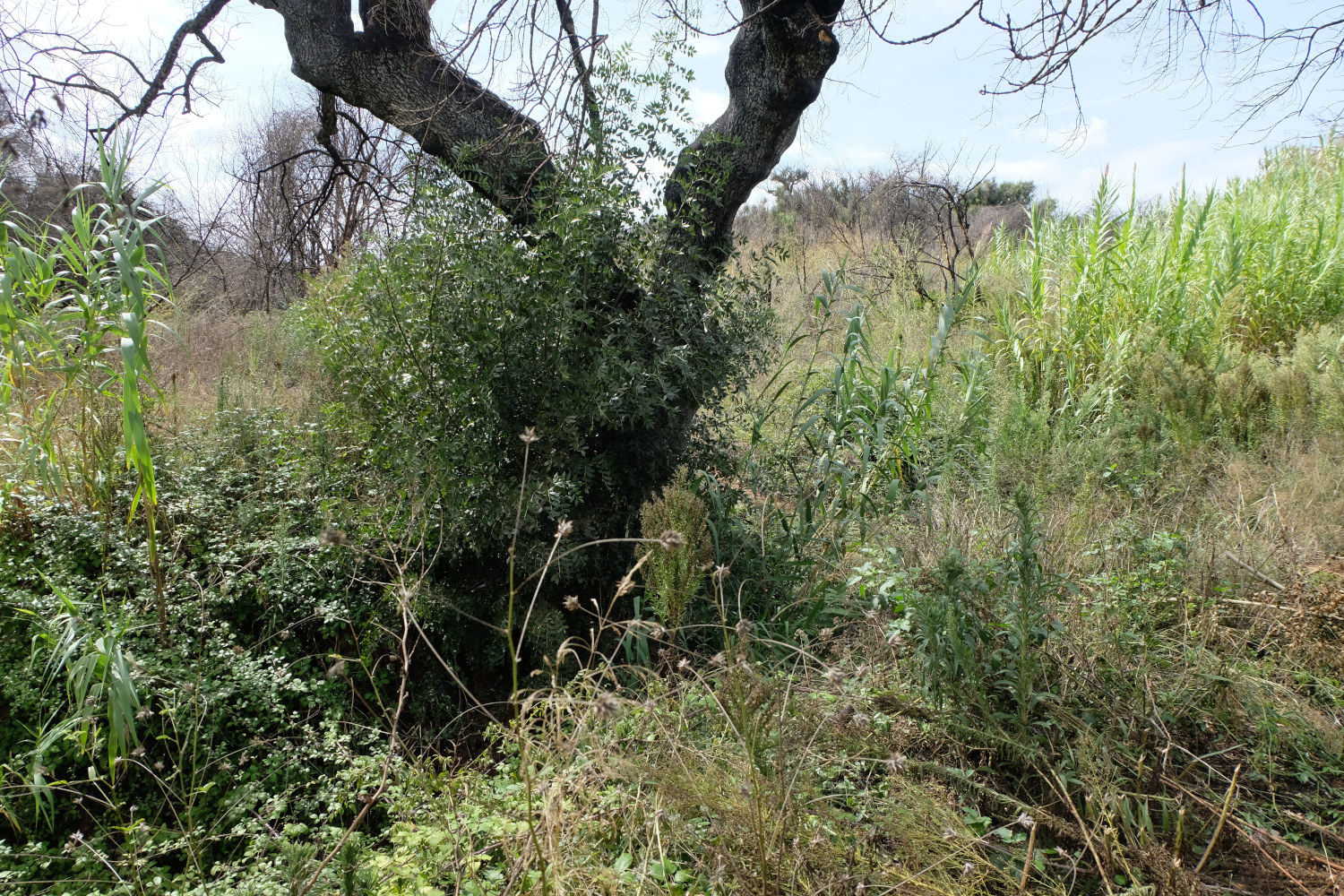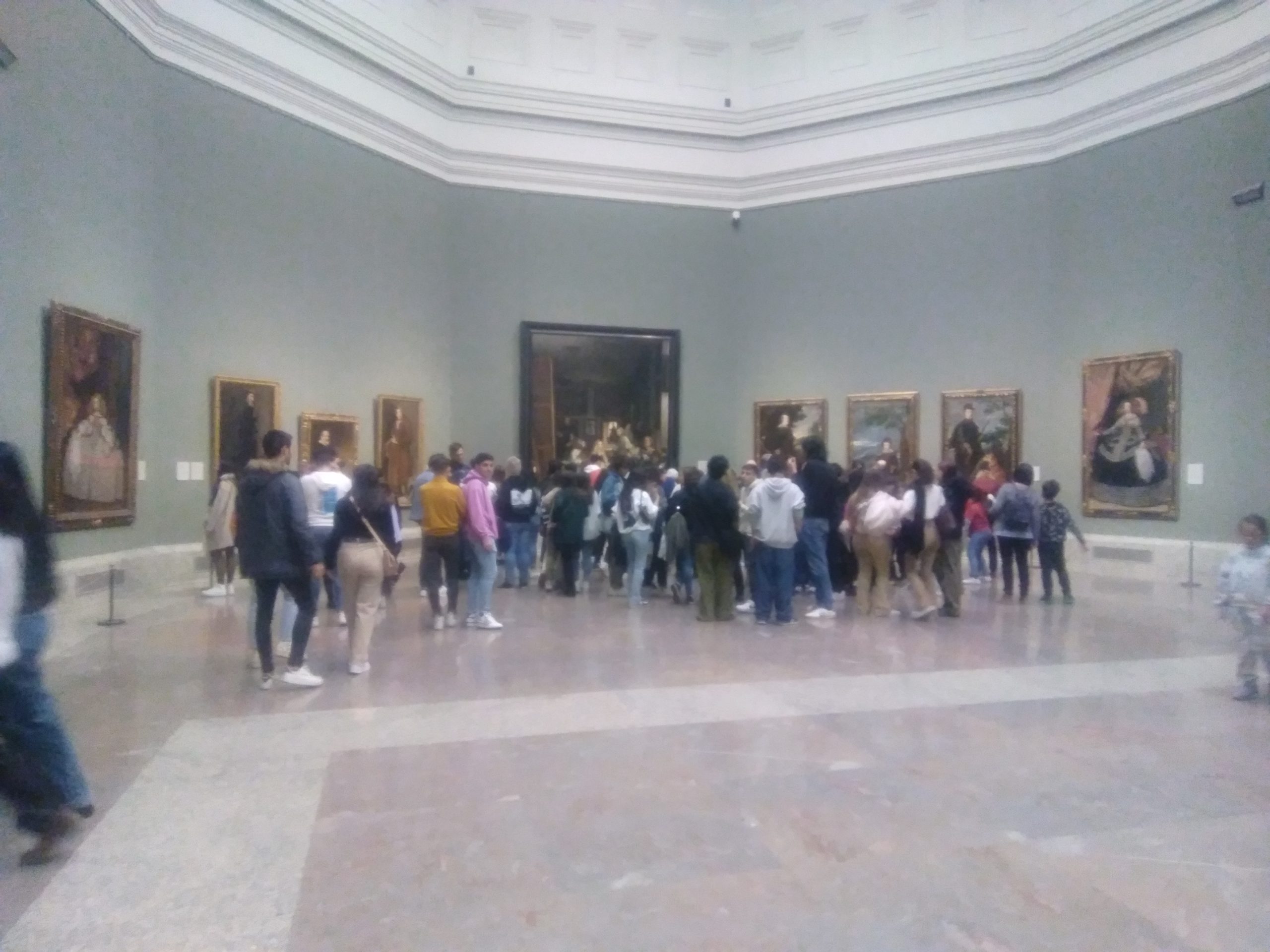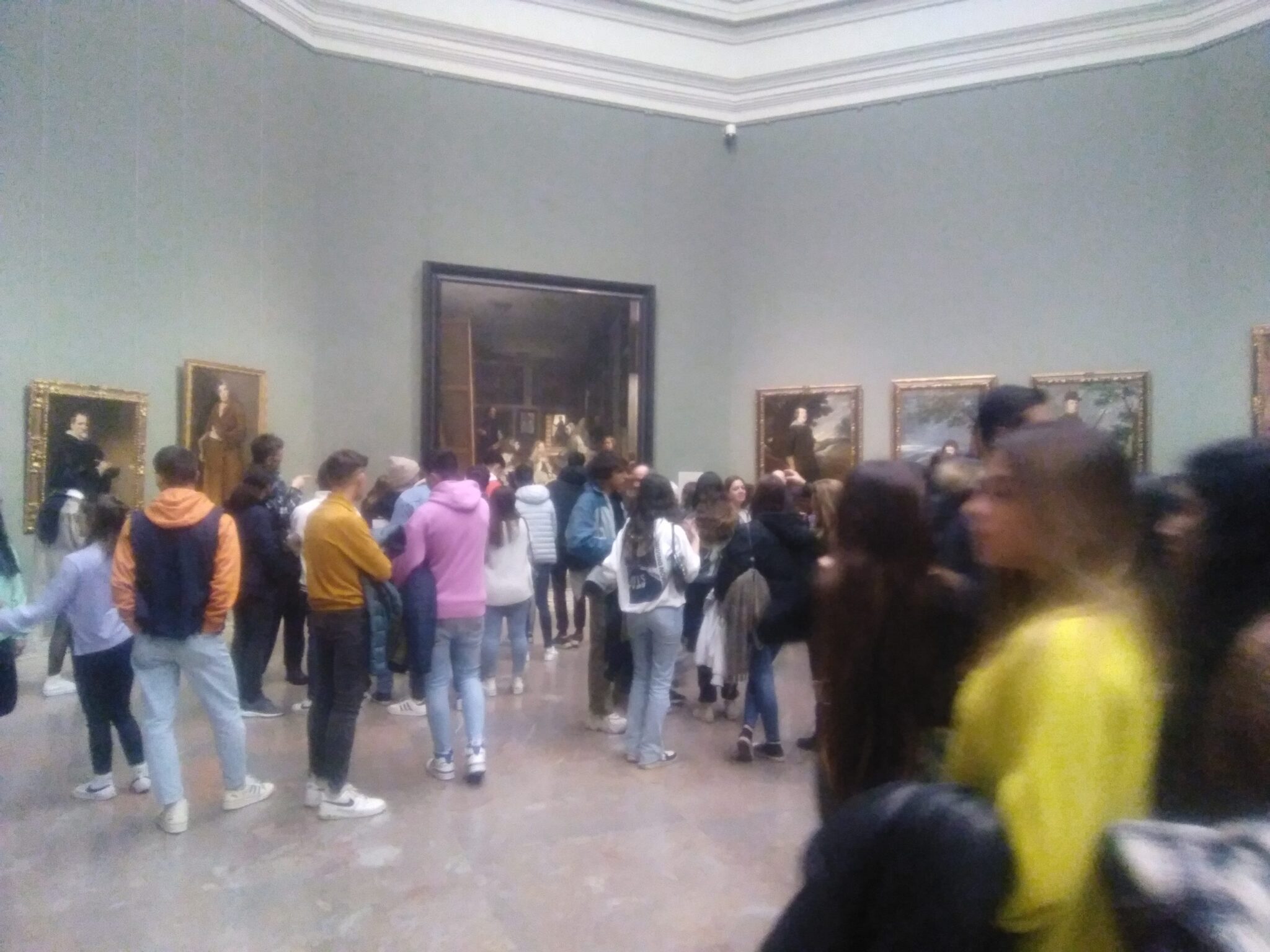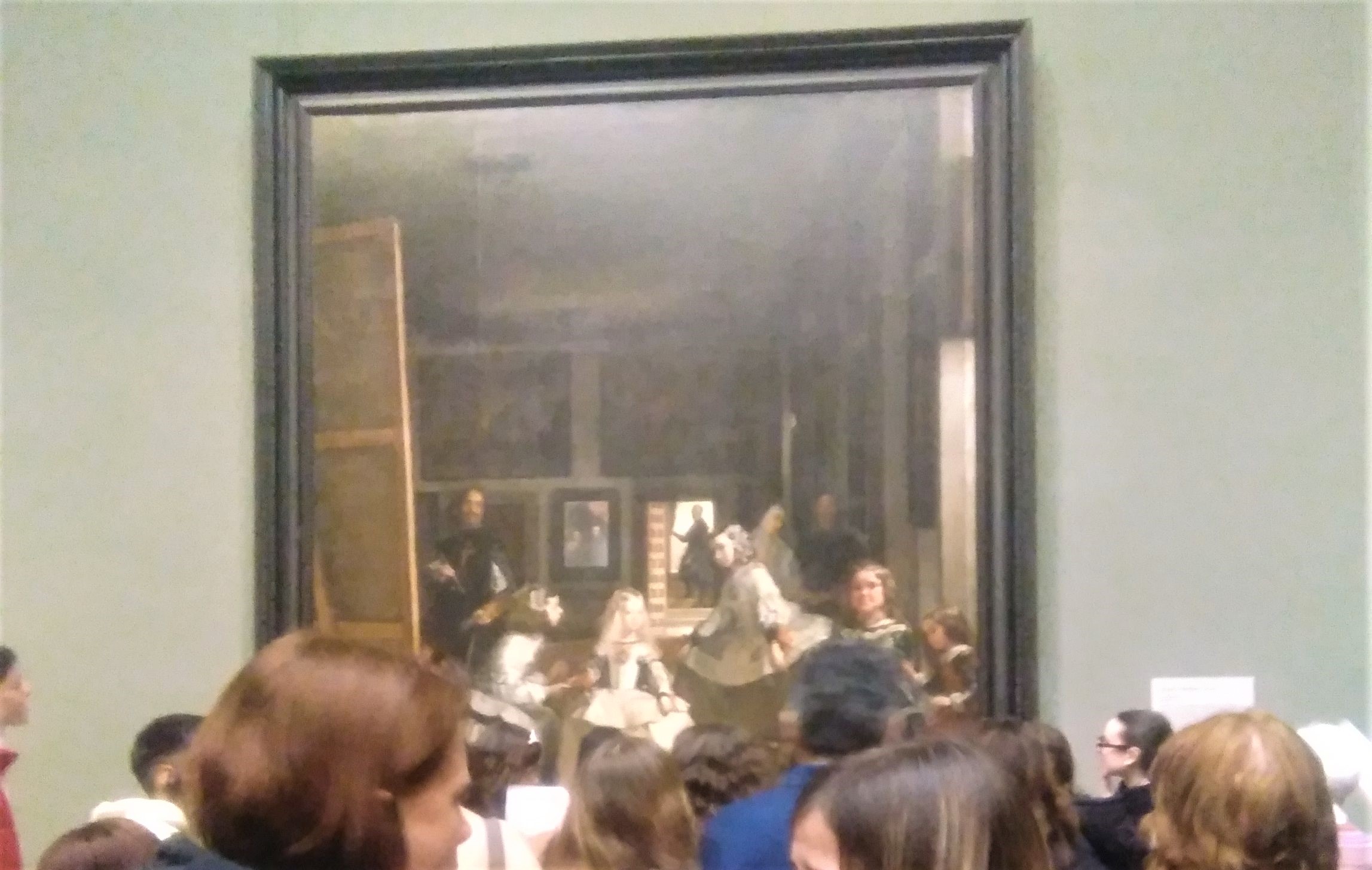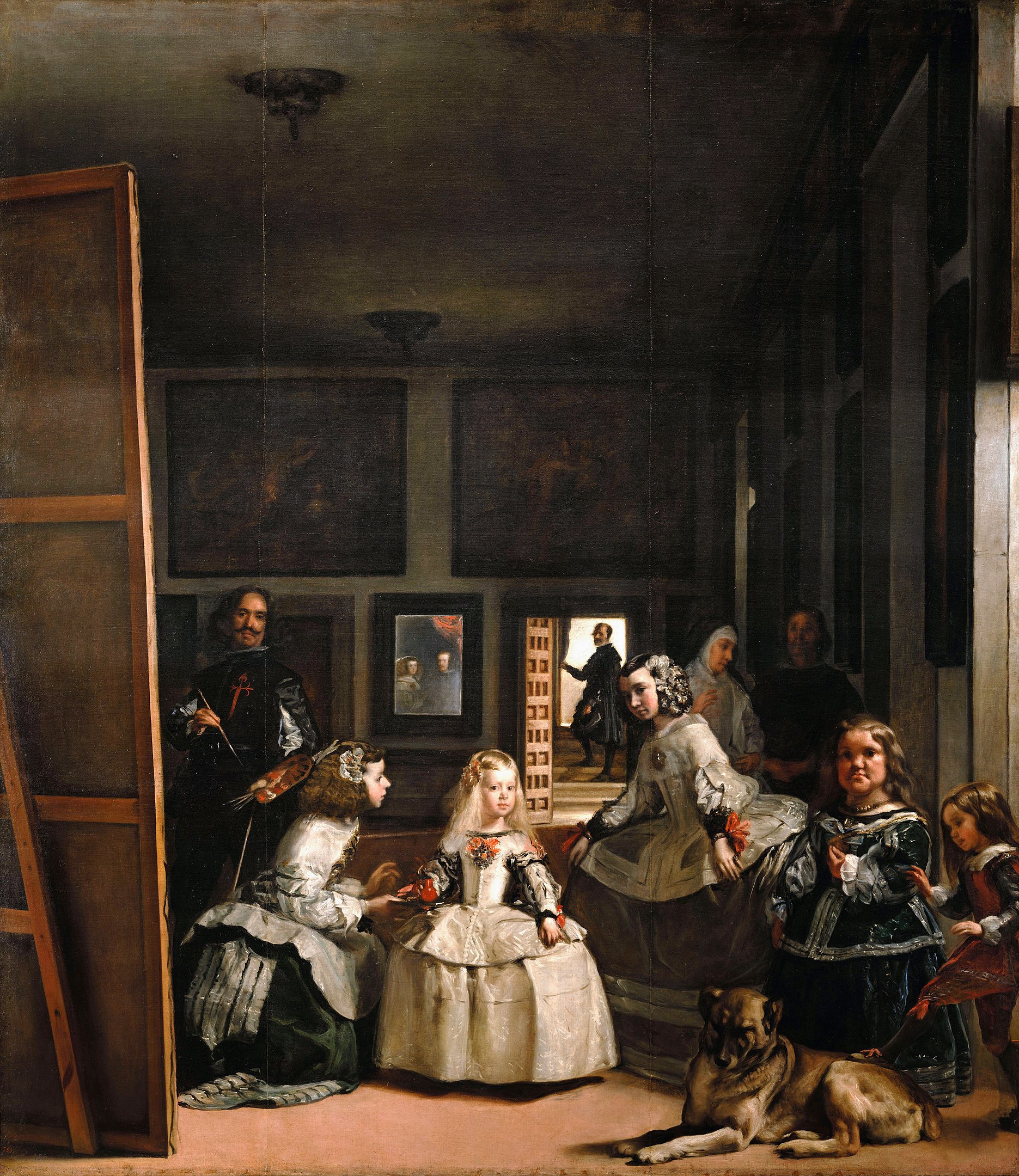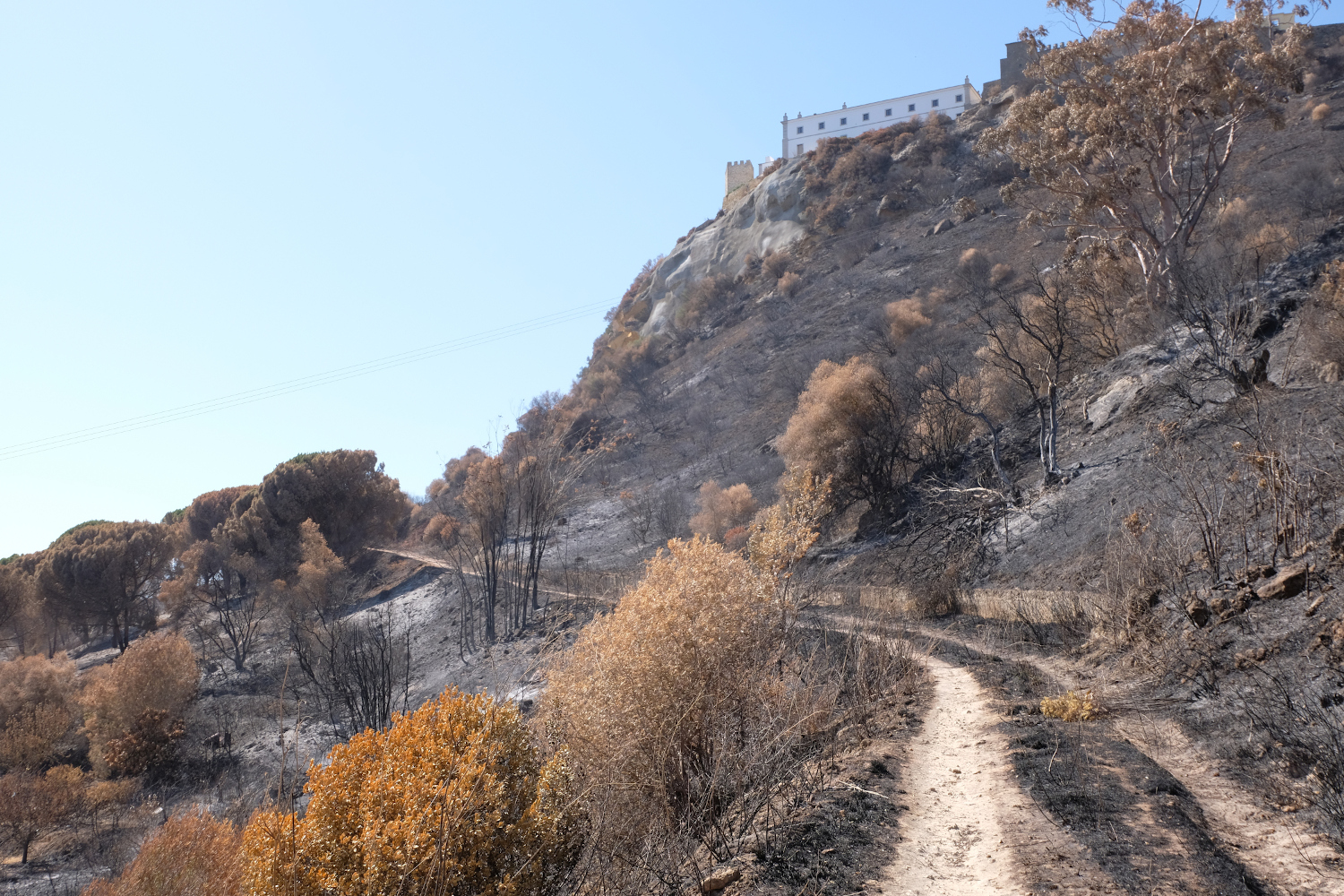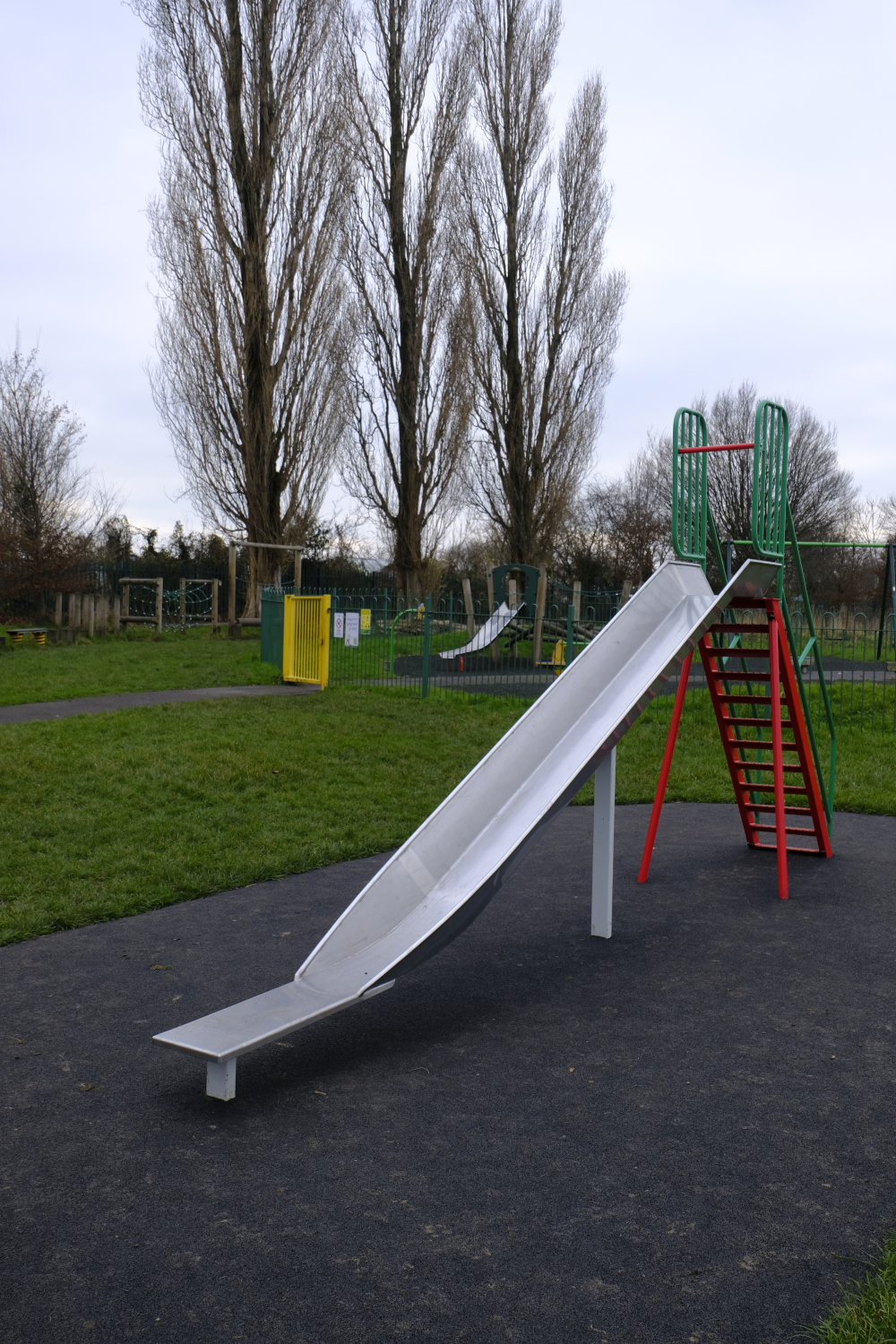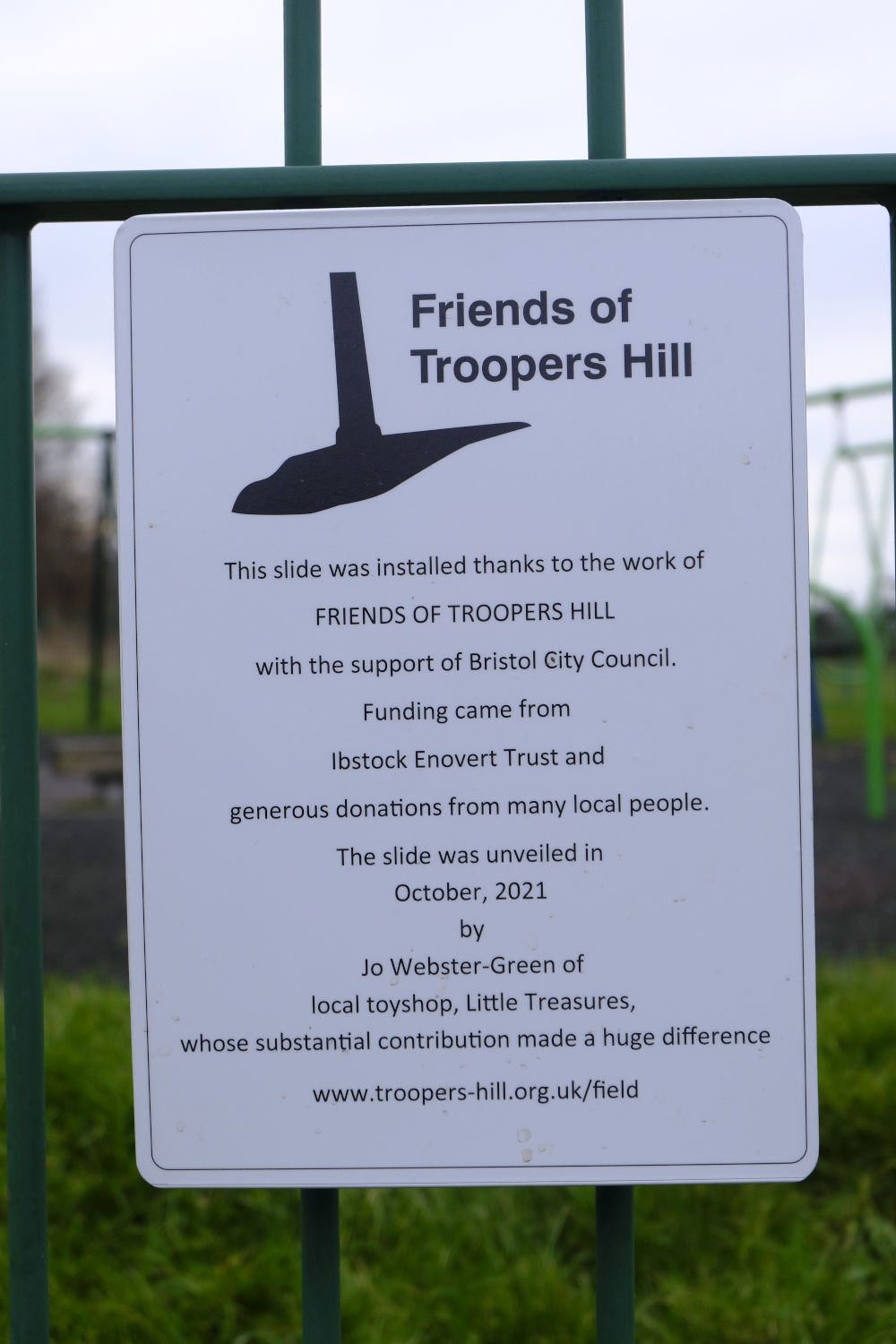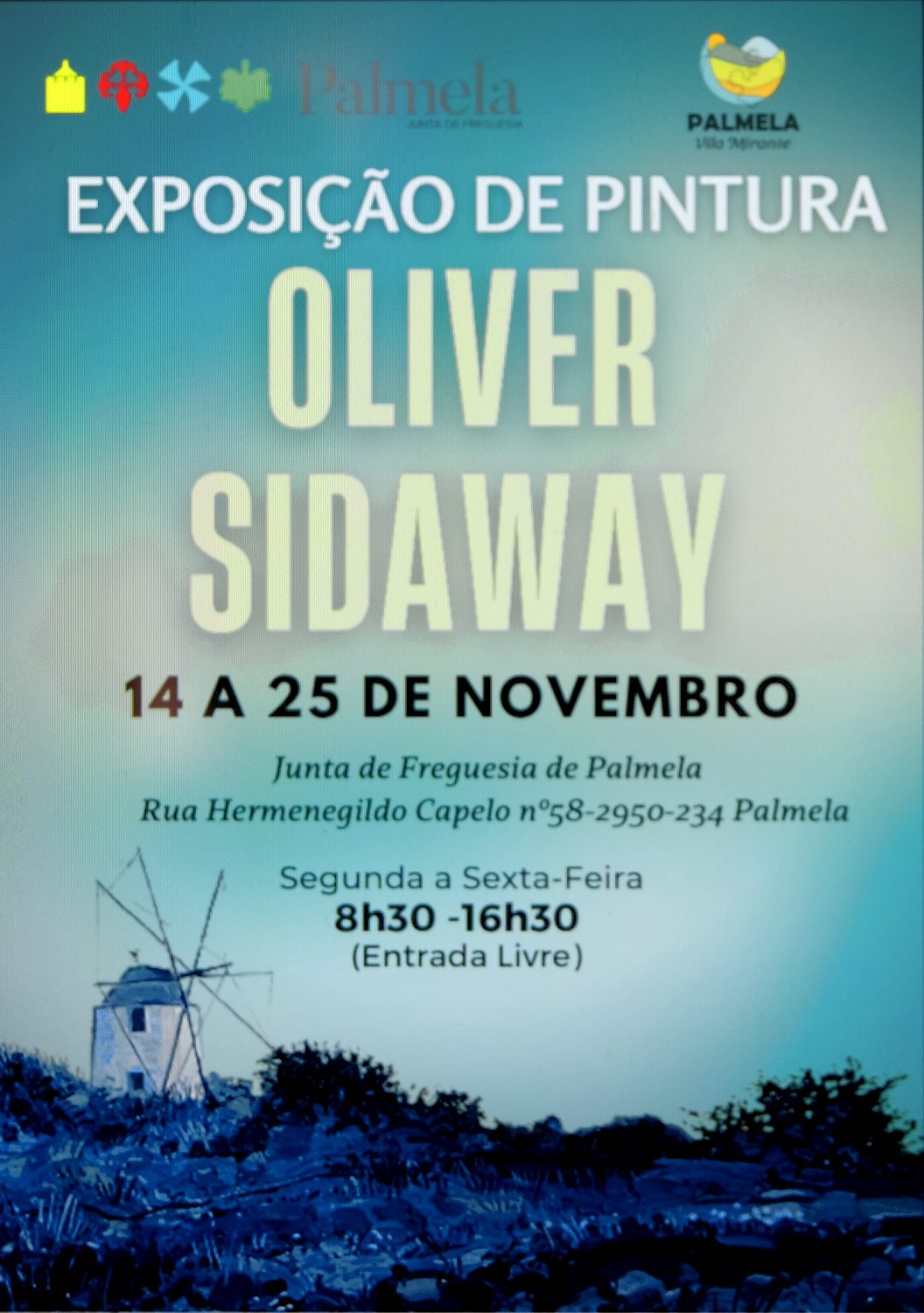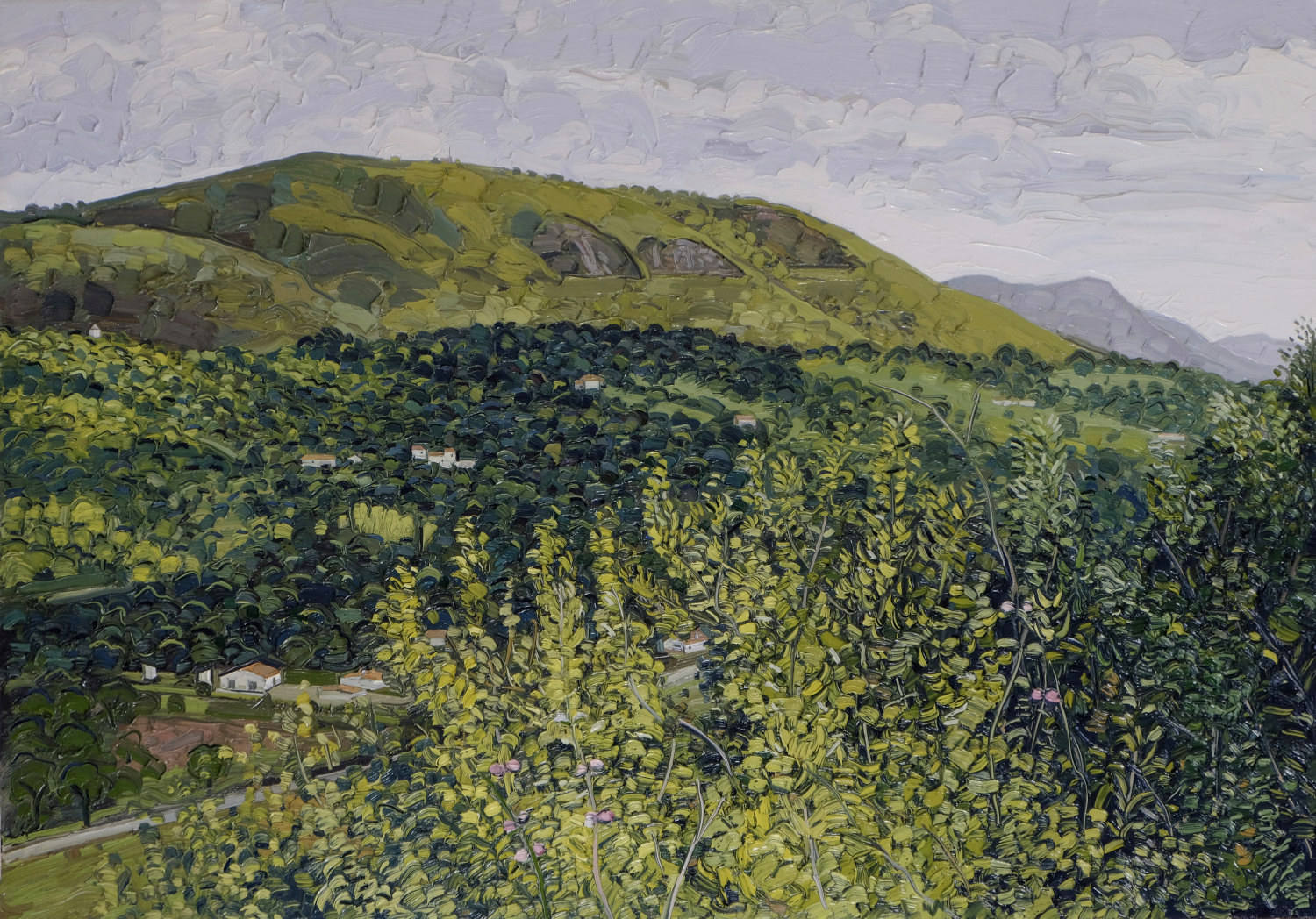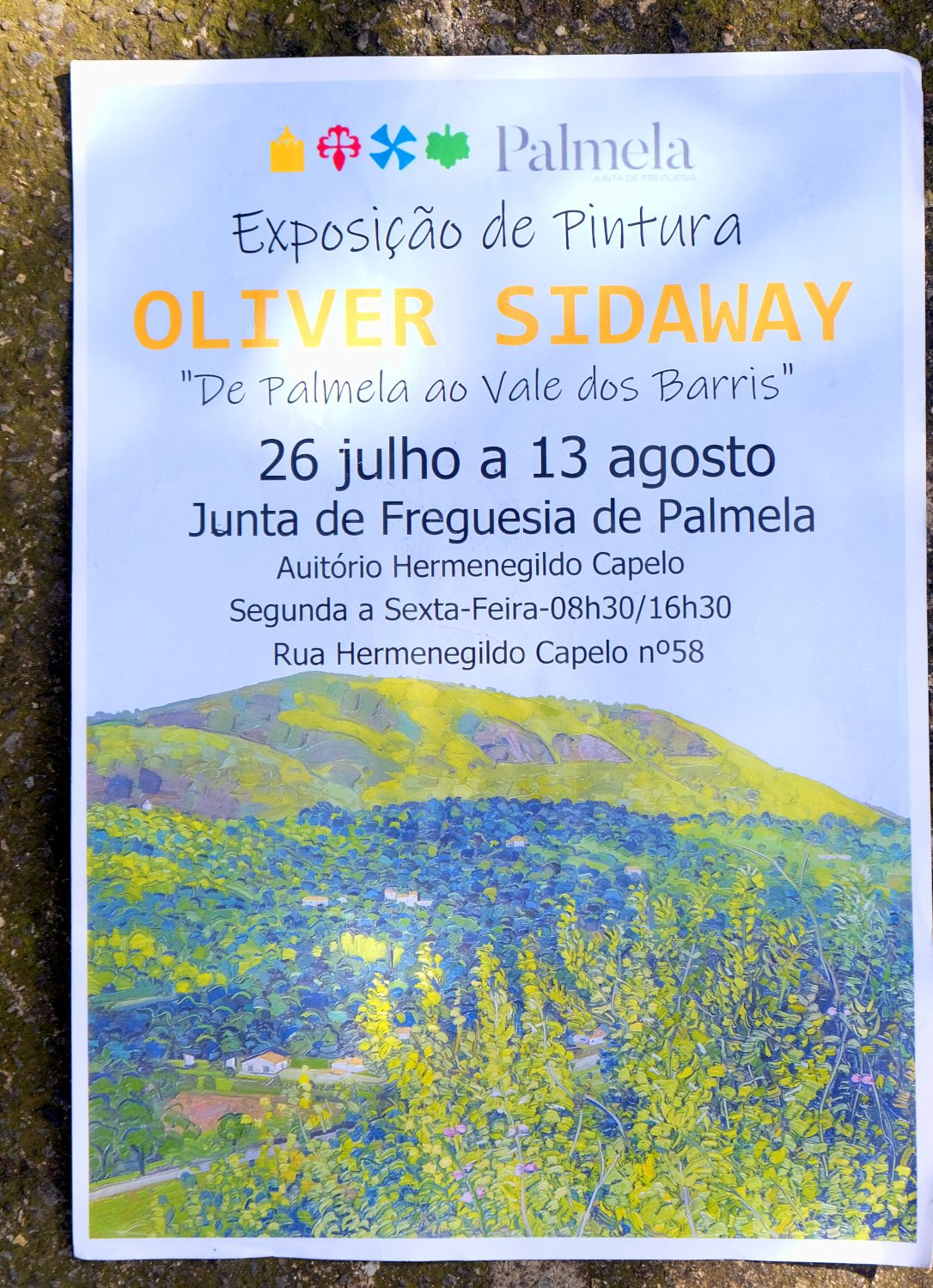Melides
If you go south from Lisbon, before you get to the Algarve, you go through the Alentejo, an area as wide as Wales, of undulating hills that roll on and on, gentle, vast, agricultural. It is cold in winter, full of flowers in spring, baked dry in summer, with a hint of sadness in autumn, like all autumns I suppose. A town called Melides lies in the south of the Alentejo near the coast. Alentejo by the sea.
The people of this area go back and back. In each town or village a little museum proclaims their past, neolithic, celtic, roman, gothic, moorish, medieval and the time of the dictatorship before the revolution of 1974.
The Alentejo was central to the revolution of 1974. Conservative with a small ‘c’, traditional to the point of pride, nonetheless the overthrow of the Salazarist regime brewed here. The theme tune, the signature call to the one thousand captains of the army who overthrew the dictatorship played out on national radio on the morning of the 25th of April 1974, the song, ‘Grândola!’, a hymn to that town, sung by an Alentejano male voice choir with deep pride, in a style rather like their Welsh male voice countreparts. Grândola is ten miles from Melides.
In Melides men still wear flat caps and shirts unbuttoned two down if rakish or hot. Women of a certain age wear black skirts or dresses and cover their hair. Faces are brown from the sun, from outdoors work, and eyes smoulder, deep as dark honey in a jar. Rice is grown in nearby fields that hide between the beach and the land, and beef cattle, wheat, plums and pears, oranges and lemons, grapes, olives and cork from cork oak are harvested. The sea too provides a living for some. In Melides sea bass caught at night from long lines off the beach are good to eat and fetch a price at local restaurants.
The revolution was a long time in coming for the people of the Alentejo. Maybe from the days of the Romans. Maybe before that. The Romans had seized the land, enclosed it into big estates, the ‘latifúndios’, reorganised the language, turned the locals into slaves, a practise that continued more or less after the Romans left. The people worked hard, but were poor, the riches of the land were taken from them, taken away to Lisbon or exported abroad, the profits used to keep the big houses and estates, the rich in power.
After 1974, two thousand years of history witnessed a sea change. At first dreams forged from collective struggle brought the people’s occupation of the land. The state enforced some redistribution, agricultural collectives sprang up, old power vacuums imploded. New practises and new balance. Portugal found it’s feet, and after adopting a democratic constitution and joining the EU, new investment, new jobs and careers began to sit side by side with the old. But the prices for agricultural products remained stagnant, the minimum wage was set, but low, both dependent on world markets still not for equality. And still the migration, the moving away from places like Melides, to Lisbon or Porto, to France and Germany, the US and Brazil. What price a traditional farming life in the Alentejo, cooperatives and all? What price the new mechanisation and technology? Many of the young, in past centuries resigned to the land, now priced out, or disinterested, have left it.
The bell in the old church tower chimes twelve. It is too loud. The hammer needs adjusting but for some reason hasn’t been, an oversight, a local political dispute, a rivalry between church and state? You can hear the crack of the hammer on the bell at each chime. Everybody nearby goes inside. A dog barks discontentedly from behind a closed door, a gruff disapproval, once after each chime. After twelve strikes the dog stops, the people come out and continue as if nothing has happened.
Next door to the Pharmacy someone has delivered a pallet on top of which is balanced a set of shelves containing seed trays with tiny cabbage, lettuce, onion and cress. The pallet stands on the side of the road waiting for customers, the forklift used to deliver it parked next to it, the keys left in the ignition. People come and go, bartenders wait for customers, the older men sit together on a wall behind which is spelt out in large plastic letters, ‘MELIDES’, a sign to beat all signs, they have them in all Portuguese towns now, everywhere it seems. Just in case.
The roles between men and women shift back and forth. What passes as tradition is sometimes more complicated than one would think. The women work in shops, run shops, serve in restaurants, cook in restaurants, own restaurants, clean, run guest houses, do social work, teach, yet some of these are all quite modern occupations in the long history of the Alentejo. The men build houses, drive tractors, the local buses, cut cork, work in the many labours of the countryside, but this was not always their exclusive role either. There is a photograph, blown up large on the wall of the local museum, the photo circa 1960, a group of men and women out in the fields, together, posing, women in long dark skirts and bright white blouses embroidered with flowers and filigree, black hats, stiff and round like small fedoras tilted at a jaunty angle. These are their work clothes, so many to wear in such weather, though in winter perhaps better. The men wear shirts and trousers, more prosaic, but both are ‘camaradas dos campos’, comrades of the fields, in those times, before mechanisation, their labours shared, though whether paid equally is another story.
In the photograph one woman has a large earthenware jug balanced on her head and a big smile. They are all smiling. One man stands in a pullover with holes in the sleeves and at the shoulders. Another man, tall, earthy, has his hand at the crotch of the woman next to him, teasing, mocking the posing of everyone, uneasy perhaps at being photographed himself, the woman has her hand on his, laughs. A gesture wanted, unwanted, or just how it is, a world apart, a time before this one, caught at that moment, those times, are they gone, are they still here? Their children have gone, well some of them anyway, to Lisbon, to Porto, and Los Angeles and São Paulo. Sometimes they come back, to visit, to stay, to retire.
Who has come in their place? Fifty years ago a German man came. On his holidays or just travelling. Was he the first? Who knows? Maybe in time the historians will tell us? He had been in Latin America, Columbia, Venezuela, Bolivia, Peru, Argentina, Brazil. In the 1970’s that was a time of dictatorship in those countries. In Argentina the military chucked him out. Why? Because his hair was too long, or something else, it doesn’t matter. He came to Portugal, found Melides, and stayed, and Melides found him. He speaks a mixture of Portuguese, German, Spanish, English and French in every sentence. His hair is thick and white, slicked down at the back, a memory of flowing youth. Today he runs a guest house with his wife. She goes off to Germany every month or so and comes back. He rents rooms, all idiosyncratic in style and perfectly formed. The garden is full of nooks and crannies, paths lead to different spaces, made of recycled tiles and stone, pebbles from the beach, and trees and flowers, and little huts and chairs and benches and tables to sit at and talk, and meet. At the back is a yoga stage, a stage for yoga. His website invites you to take part if you want.
The trip to the beach is ten minutes by foot, the road gets sandier as you get nearer, past a modern restaurant, some other guest houses, Portuguese, French, German, no English, they haven’t discovered it yet. The road becomes a boardwalk and then past another restaurant and some public conveniences and showers, ‘A Praia de Melides’, Melides Beach, opens up. A wide expance of fine, light, sandy, sand, sloping gently down to a big, blue, sparkling sea. The sun shines 250 days a year. Temperatures can reach 400 in the summer. To the north the beach runs uninterrupted for thirty miles to Tróia and Setúbal . To the south it runs another fifteen to Sines, forty five miles of uninterrupted beach, in many places, with not a soul on it, except sometimes a lonely beachcomber of his or her own thoughts and an audience of seagulls and dunlin standing together, silently watching the waves.
Amongst the other newer inhabitants is a local artist, British even, a YBA of thirty years ago, famous, he has a house and a studio here and in London, sells his work for €70,000 a time. That building there is a new hotel, and here is another, and another going up, though it looks like it’ll take some time. Prices start from €300 a night, and go up above €2000. The rich have come, the rich Portuguese of today, from the city, with their international jobs and portfolios, and the French and the Germans to follow. There are superstars and popstars, czars and their cars. All shabby chic or pretending to be so. In town a tractor is parked next to a shiney Range Rover, a farmers van next to a new Mercedes. Others park in beaten up Volkswagens and Citroëns just to blend in, the odd surfboard atop the roof of a few.
If you look on the Internet, on the sites selling property for the area of Melides, you will not find a house for sale for less than €300,000. A quick search reveals 64 ‘moradias isoladas’, detached houses for sale, of which forty are above €1,000,000 and twenty €2,000,000 and above. Each has land, five, ten, twenty hectares, the houses stand large and proud in this timeless landscape. What price a house for those younger, of the older families, who would not move away? There are many properties that are kept out of the reach of strangers by those families, it is true. But of the rich newcomers? Are they the new ‘latifundiários’?
In the local museum there is an exhibition of the local tradition of earthenware ceramics. In reality the tradition just hangs on, the local masters of the craft all older or passed on, each has a plaque to his name on the wall. The museum manager passes me a tablet, (digital), which when I point it at the QR code on display shows an animation of past techniques. Two older residents sit together watching a film. talking fondly of a man working at a wheel whom they know, now in retirement. The large group photo with intimate gesture is here also. What price a connection to your past?
In an adjoining street, there is an art gallery, the ‘Art Gallery of Melides’, a commercial concern in which are displayed paintings and sculptures about that same connection. The artist has travelled and had exhibitions in different parts of the world. The gallery owner with expectant smile hands me a brochure. It reads … ‘This exhibition weaves a narrative about an unexplored island and its first inhabitants, proposing a return to the natural state of humanity through an ancestral and intuitive aesthetic, akin to the purity of children’s creations…the artist revisits history to recreate ceramic pieces that once served important rituals and ceremonies. Far from being an exercise in excessive nostalgia, this exhibition is a living record of our history and a reminder of the intrinsic beauty of nature in it’s most rudimentary form…’
Interestingly, the ceramics and paintings in the gallery are in the same earthenware colours as the ceramics in the museum. The words from the gallery speak of the past as something ancient, that cannot quite be remembered, a tradition interrupted, the connection to it lost. The words contain a hope that we can reclaim that connection through the work of the artist and a return to our childhood creativity. The exhibition in the museum speaks of the past as a tradition remembered by those still living, of families who retain those memories and skills too, if push came to shove. Their ceramics were made for daily life, the stuff of cooking, pouring, and storage. They sold and still sell in ordinary shops, for ordinary prices. The paintings and ceramics in the gallery go for €1600 each, for walls, for decoration, for inspiration, for reassurance.
The older indigenous population of Melides eye their newer incoming neighbours with a wary eye, but not an unkind one. When neighbours become neighbours there is always a getting to know you, a transitional time of discovery, of negotiation, of edging around. A tourist sits on the wall below the ‘MELIDES’ sign for a few minutes. An old timer, his spot taken, stands a few yards away not knowing what to do. Another joins him. They look on, incredulous. The tourist moves on unaware of his indiscretion and disappears into the art gallery. The old timers reclaim their spot.
What price a connection to your past? What price a connection to your ancestors? Each ancestor moves in your memory, in your tradition, in your dreams at night, in your knowing. It seems that those who have gone away have come back, but in a different form. They bring new cars and new wives and husbands. They bring new art and stories of travels from far away. Modern paintings and pop songs sit next to the stirring themes of ‘Grândola’. Incongruous? Perhaps. Why did they come back? Was it the sun, the sea, the surf, to bask in the relative glories of their fortunes? Maybe it was their parents or grandparents they came back for, but in a different form. Perhaps it was that bridge to that generation, to those times, to those faces brown from a lifetime of outside work, those with a direct connection to the land, to the landscape, that made them return? Maybe they came back to find that connection that was lost in their wanderings? Reassurance sought from intimate gestures. Ask the German man who runs a guest house in Melides, who speaks words from five different languages in the same sentence. He moved away and wandered, and came here, fifty years ago. He has stayed in all these years of transition.
